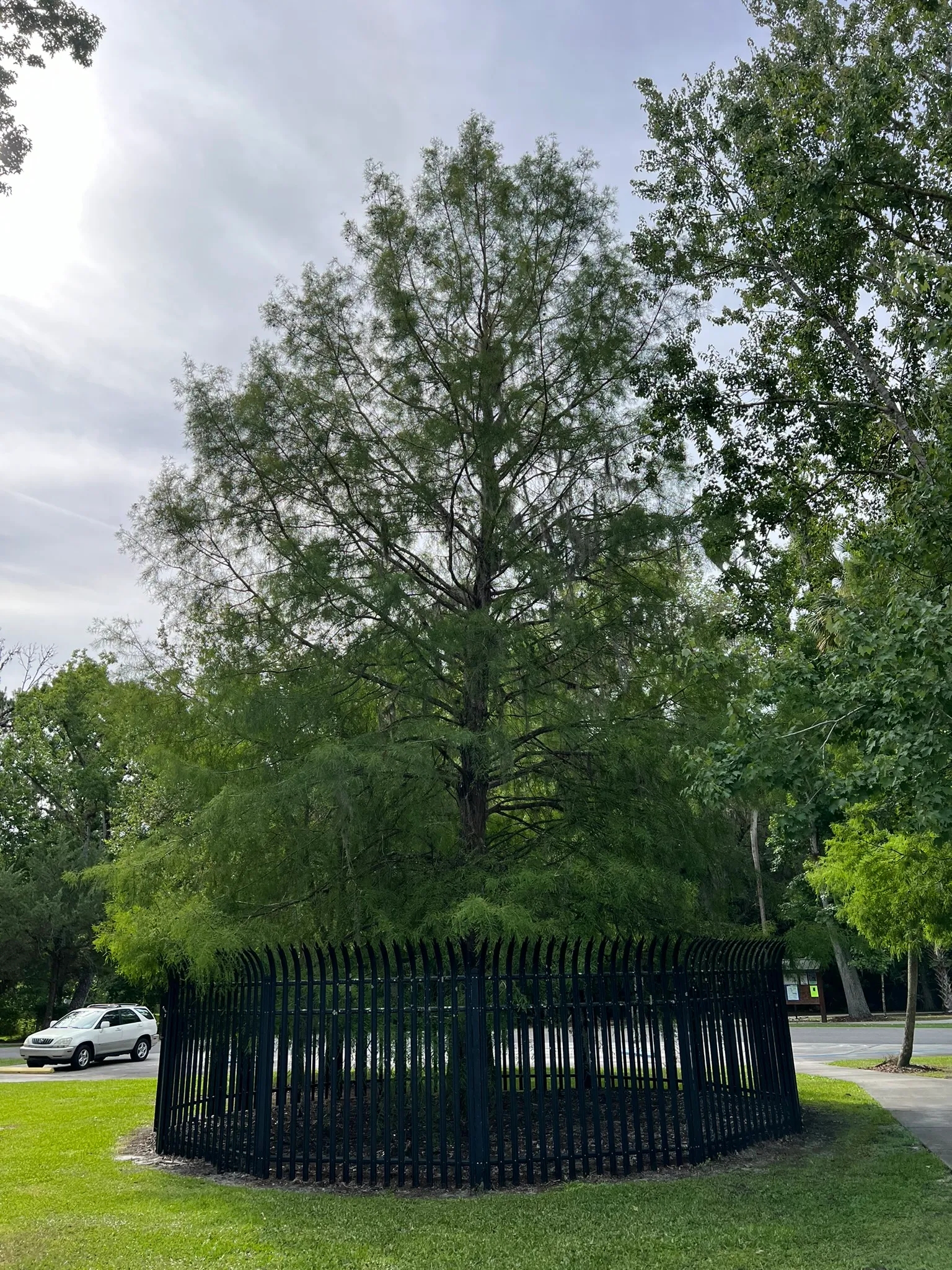Discover the Unique Paw Paw: A Native Fruit Tree with a Tropical Twist
The Paw Paw (Asimina triloba) is a fascinating deciduous native understory tree that offers both ornamental and edible qualities. With its drooping foliage and pyramidal shape, it adds a unique touch to the landscape. In spring, it produces intriguing purplish-brown flowers with a subtle, somewhat fetid odor that attracts its pollinators – flies and beetles. These are followed by the Paw Paw’s prized fruit, a sweet, custard-like delicacy with a flavor reminiscent of banana, ripening in late summer to early fall. Its large leaves turn a beautiful yellow in autumn, providing lovely fall color. This easy-to-grow tree is a larval host for the Zebra Swallowtail butterfly and thrives in moist, nutrient-rich forests, making it a wonderful addition to naturalized, riparian, and even children’s gardens.
Sizes Available
Wholesale Only
1 Gallon
$5.00
3 Gallon
$9.00
Scientific Name: Asimina triloba
Common Name: Pawpaw, Common Pawpaw
Hardiness Zones: 5A through 9B
Height: 15 to 30 feet
Spread: 15 to 30 feet
Growth Rate: Medium to Slow
Foliage: Spring & Summer: Large (6-12 inches long), dark green leaves with a drooping appearance and a distinct bell pepper odor when crushed. Fall: Turns a showy yellow, providing attractive autumn color.
Bark: Smooth, brown bark with wart-like lenticels when young, becoming fissured and scaly with age.
Sun: Deep shade to full sunlight; prefers some shade, especially when young. Full sun is best for lushest canopy and fruit production.
Soil: Prefers moist, nutrient-rich, slightly acidic soil with good drainage. Tolerates occasional wet or moist conditions.
Wildlife Value: The purplish-brown flowers attract flies and beetles as pollinators. The ripe fruit is enjoyed by various wildlife, including raccoons and birds. Importantly, the Paw Paw is the larval host plant for the beautiful Zebra Swallowtail butterfly.
Why Choose Paw Paw?
Unique Tropical-Flavored Native Fruit:
The Paw Paw is North America’s largest native edible fruit, offering a sweet, custard-like flavor often compared to bananas, with hints of mango and pineapple. Its unique taste provides a delightful and nutritious treat in late summer and early fall.
Beautiful Fall Color and Interesting Foliage:
Beyond its delicious fruit, the Paw Paw offers ornamental value with its large, drooping green leaves that create a tropical feel. In autumn, the leaves turn a lovely yellow, providing a burst of color before winter.
Attracts Unique Pollinators and Supports the Zebra Swallowtail:
The Paw Paw’s unusual flowers attract flies and beetles, contributing to pollinator diversity. It also serves as the crucial larval host plant for the striking Zebra Swallowtail butterfly, making it a valuable addition to butterfly gardens.
Environmental Benefits of Planting Paw Paw
This data is based on US Averages of healthy and mature trees over a 20-year period.
Check out the USDA’s MyTree Tool to input your custom location data.

CO2 Offset
A single paw paw can offset the CO₂ emissions produced by driving an average gas-powered car for 7,866 miles.

Water Filtration
A single paw paw can absorb enough stormwater to fill 705 bathtubs, reducing erosion, runoff, and supporting transpiration.

Removes Air Pollution
A single paw paw removes as much air pollution as the weight of 94 smartphones.
Featured Projects
Central Florida Lands and Timber Nursery, LLC. is a wholesale nursery specializing in a wide array of Florida native trees. With an inventory of over 2 million container-grown trees, CFLTN, LCC can meet the needs of large-scale reforestation, mitigation, and landscaping projects throughout the Southeast region.
Phone
(386) 294-1211
Address
3087 North County Road 53 Mayo, Florida 32066









